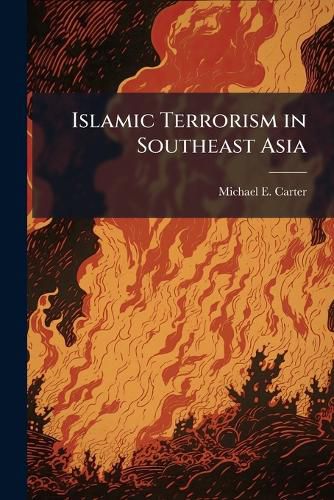Readings Newsletter
Become a Readings Member to make your shopping experience even easier.
Sign in or sign up for free!
You’re not far away from qualifying for FREE standard shipping within Australia
You’ve qualified for FREE standard shipping within Australia
The cart is loading…






Islamic Terrorism in Southeast Asia constitutes the second front in the Global War on Terrorism. Jemaah Islamiyah and Abu Sayyaf, transnational terrorist organizations with ties to Al Qaeda, have frustrated U.S. efforts to eradicate terrorism and provide regional stability. Thus far, they have successfully adapted to concerted, international efforts to reduce their sphere of influence. This monograph examined these terrorist groups through the lens of Dr. Bard O'Neill's insurgency framework, with the aim of providing an effects-based counterterrorism strategy. The findings highlight an ineffective, regional strategy, with deficiencies in regional diplomacy, economic reform, financial and judicial practices and military organization. The findings recommend prioritized improvements in these areas, along with more efficient maritime control and customs procedures. The study also indicates the lack of an effective regional information campaign against terrorism. The compilation of these recommendations form an effects-based counterterrorism strategy needed to win in the Global War on Terrorism.
This work has been selected by scholars as being culturally important, and is part of the knowledge base of civilization as we know it. This work was reproduced from the original artifact, and remains as true to the original work as possible. Therefore, you will see the original copyright references, library stamps (as most of these works have been housed in our most important libraries around the world), and other notations in the work.
This work is in the public domain in the United States of America, and possibly other nations. Within the United States, you may freely copy and distribute this work, as no entity (individual or corporate) has a copyright on the body of the work.
As a reproduction of a historical artifact, this work may contain missing or blurred pages, poor pictures, errant marks, etc. Scholars believe, and we concur, that this work is important enough to be preserved, reproduced, and made generally available to the public. We appreciate your support of the preservation process, and thank you for being an important part of keeping this knowledge alive and relevant.
$9.00 standard shipping within Australia
FREE standard shipping within Australia for orders over $100.00
Express & International shipping calculated at checkout
Islamic Terrorism in Southeast Asia constitutes the second front in the Global War on Terrorism. Jemaah Islamiyah and Abu Sayyaf, transnational terrorist organizations with ties to Al Qaeda, have frustrated U.S. efforts to eradicate terrorism and provide regional stability. Thus far, they have successfully adapted to concerted, international efforts to reduce their sphere of influence. This monograph examined these terrorist groups through the lens of Dr. Bard O'Neill's insurgency framework, with the aim of providing an effects-based counterterrorism strategy. The findings highlight an ineffective, regional strategy, with deficiencies in regional diplomacy, economic reform, financial and judicial practices and military organization. The findings recommend prioritized improvements in these areas, along with more efficient maritime control and customs procedures. The study also indicates the lack of an effective regional information campaign against terrorism. The compilation of these recommendations form an effects-based counterterrorism strategy needed to win in the Global War on Terrorism.
This work has been selected by scholars as being culturally important, and is part of the knowledge base of civilization as we know it. This work was reproduced from the original artifact, and remains as true to the original work as possible. Therefore, you will see the original copyright references, library stamps (as most of these works have been housed in our most important libraries around the world), and other notations in the work.
This work is in the public domain in the United States of America, and possibly other nations. Within the United States, you may freely copy and distribute this work, as no entity (individual or corporate) has a copyright on the body of the work.
As a reproduction of a historical artifact, this work may contain missing or blurred pages, poor pictures, errant marks, etc. Scholars believe, and we concur, that this work is important enough to be preserved, reproduced, and made generally available to the public. We appreciate your support of the preservation process, and thank you for being an important part of keeping this knowledge alive and relevant.